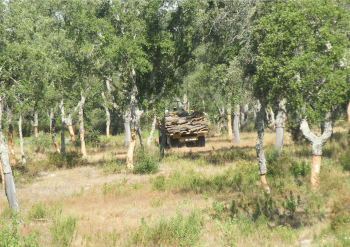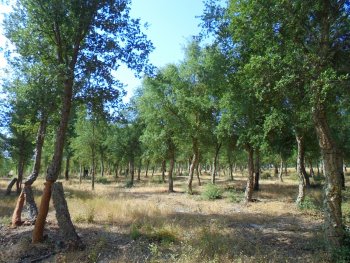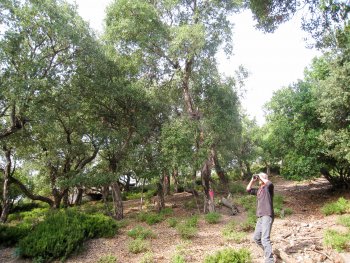Estimate of the quantity of cork on pile in Tunisia
- Defining a simple and reliable methodology for the quantitative evaluation of stacked cork at cork parks that will serve as a mean of controlling the quantity weighed previously,
- Create a database at each cork park to determine the weight of a cubic meter of cork reproduction.
- Train forest technicians to generalize this method on all cork parks in Tunisia from the 2020 harvest.



































